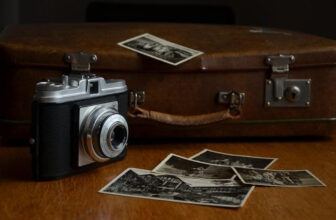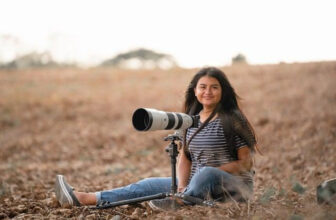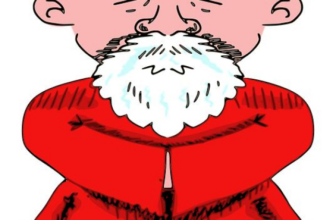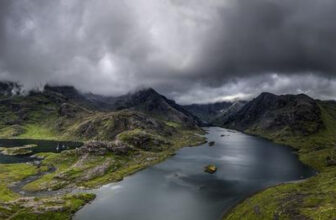Capturing the Details: Macro Photography Tips
GoogleAds
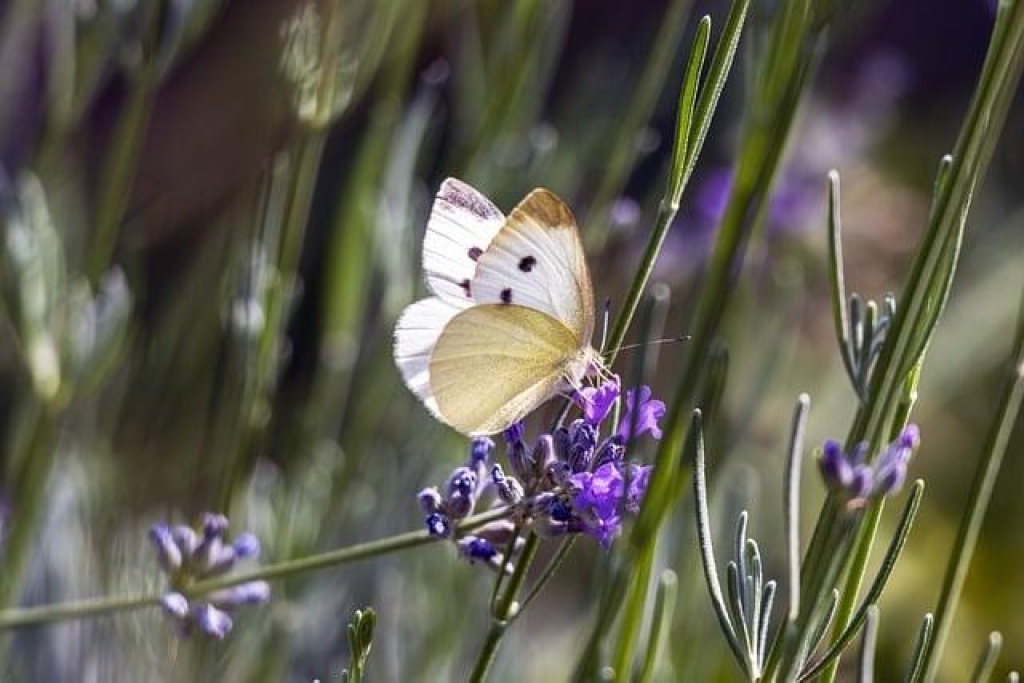
Macro photography is a mesmerizing art form that allows photographers to delve into the intricate world of tiny subjects. From delicate flowers to minuscule insects, capturing the details in macro photography requires precision and skill. In this article, we will explore some tips and techniques to help you master the art of capturing stunning close-up shots in macro photography.
Introduction
Macro photography is a fascinating way to explore the intricate details of the world around us. By capturing close-up shots of small objects, textures, or patterns, photographers can reveal a whole new perspective that is often overlooked in our daily lives. Whether you’re a beginner or a seasoned pro, there are always new techniques and tips to improve your macro photography skills. In this post, we’ll dive into some helpful advice to help you take your macro shots to the next level.
One of the key aspects of successful macro photography is having the right gear. A macro lens is essential for capturing sharp, detailed close-up shots. These specialized lenses allow you to focus on subjects that are only a few inches away from the camera, making it easier to capture fine details. If you don’t have a macro lens, you can consider using extension tubes or close-up filters to achieve a similar effect. Experiment with different setups to find what works best for your style of photography.
Lighting plays a crucial role in macro photography, as small subjects can be easily overshadowed by harsh shadows or blown-out highlights. Natural light is often the best option for capturing the fine details in your subjects. Early morning or late afternoon sunlight provides a soft, flattering light that can enhance the textures and colors in your macro shots. If you’re shooting indoors, consider using a diffuser or reflector to soften the light and create a more even illumination.
Composition is another important factor to consider when shooting macro photography. Just because you’re focusing on small details doesn’t mean you can neglect the basic principles of composition. Pay attention to the framing, rule of thirds, leading lines, and negative space to create visually appealing images. Experiment with different angles and perspectives to find the most captivating composition for your subject. Don’t be afraid to get up close and personal with your subjects to capture unique and engaging shots.
Post-processing can take your macro photography to the next level by enhancing the details and colors in your images. Whether you prefer using Adobe Lightroom, Photoshop, or other editing software, there are plenty of tools and techniques to help you fine-tune your macro shots. Adjust the contrast, sharpness, saturation, and white balance to make your images pop. Don’t overdo it with the editing, though – the goal is to enhance the beauty of your subjects, not to completely alter them. Take your time to experiment with different editing styles until you find the perfect look for your macro photography.
Choosing the Right Equipment
When it comes to capturing intricate details in your photographs, having the right equipment is essential. In macro photography, choosing the right gear can make all the difference in achieving stunning close-up shots. Whether you’re a beginner or a seasoned pro, investing in the proper tools can take your macro photography to the next level.
One of the most important pieces of equipment for macro photography is a dedicated macro lens. These lenses are specifically designed for close-up photography, allowing you to focus on small subjects with incredible detail. Look for a lens with a high magnification ratio, such as 1:1, to capture the tiniest details in your shots.
In addition to a macro lens, a sturdy tripod is essential for macro photography. When shooting close-up images, even the slightest movement can result in a blurry photo. Using a tripod will help stabilize your camera and ensure sharp, clear images. Consider investing in a tripod with adjustable legs and a ball head for maximum flexibility.
Another important piece of equipment for macro photography is a good lighting setup. Proper lighting is crucial for illuminating your subject and highlighting its details. Consider using a ring light or a diffused light source to achieve soft, even lighting in your macro shots. Experiment with different lighting angles to find the best lighting setup for your subject.
When choosing your equipment for macro photography, don’t forget about accessories such as extension tubes or close-up filters. These tools can help you achieve even greater magnification and capture more detailed shots. Experiment with different accessories to find the combination that works best for your unique style of macro photography.
Understanding Depth of Field
When it comes to capturing the intricate details in your subjects, is key in macro photography. Depth of field refers to the range of distance that appears acceptably sharp in an image. In macro photography, where you are often capturing subjects up close, having a good grasp of depth of field can make all the difference in achieving stunning shots.
One way to control depth of field in your macro photography is by adjusting your aperture settings. A wider aperture, represented by a lower f-stop number (e.g. f/2.8), will create a shallower depth of field, blurring the background and placing emphasis on your main subject. On the other hand, a narrower aperture, represented by a higher f-stop number (e.g. f/11), will result in a deeper depth of field, keeping more of the image sharp from front to back.
Another factor to consider in mastering depth of field is the distance between your camera and the subject. The closer you are to the subject, the shallower the depth of field will be. To maintain sharpness throughout the entire subject, you may need to adjust your distance accordingly. Experimenting with different distances can help you find the perfect balance for your desired effect.
Utilizing techniques such as focus stacking can also help you achieve maximum sharpness in your macro shots. This involves taking multiple images at different focus points and blending them together in post-processing to create one image with exceptional depth of field. While this technique may require more time and effort, the results are often worth it for capturing intricate details.
By honing your understanding of depth of field and implementing various techniques in your macro photography, you can elevate your shots to a new level of visual appeal. Whether you’re capturing the delicate petals of a flower or the intricate patterns of an insect, mastering depth of field will allow you to bring out the details in your subjects with precision and artistry.
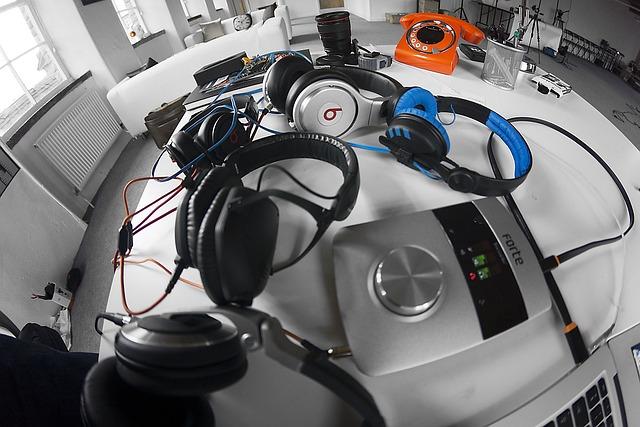
Mastering Lighting Techniques
When it comes to macro photography, lighting plays a crucial role in capturing the intricate details of your subject. The right lighting techniques can make all the difference in creating stunning close-up images that showcase the beauty and intricacy of your subject.
One key lighting technique to master in macro photography is diffused lighting. Diffused light helps to soften harsh shadows and evenly illuminate your subject, making it easier to capture fine details without overexposing or losing depth. Using a softbox or a diffuser can help you achieve this soft, even lighting effect.
Another important lighting technique to consider is backlighting. Backlighting can create a dramatic effect by highlighting the edges and details of your subject, giving it a beautiful glow and separating it from the background. Experiment with positioning your light source behind your subject to see how backlighting can enhance your macro images.
When working with macro photography, it’s essential to pay attention to the direction of your light source. Side lighting can create interesting shadows and textures, while front lighting can evenly illuminate your subject. Experiment with different angles and positions to see how the direction of light can impact the overall look of your macro shots.
Ultimately, in macro photography is all about experimentation and practice. Take the time to play around with different lighting setups, angles, and sources to see how they can enhance the details and beauty of your subjects. With patience and creativity, you’ll be able to capture stunning macro images that showcase the intricate details of the world around us.
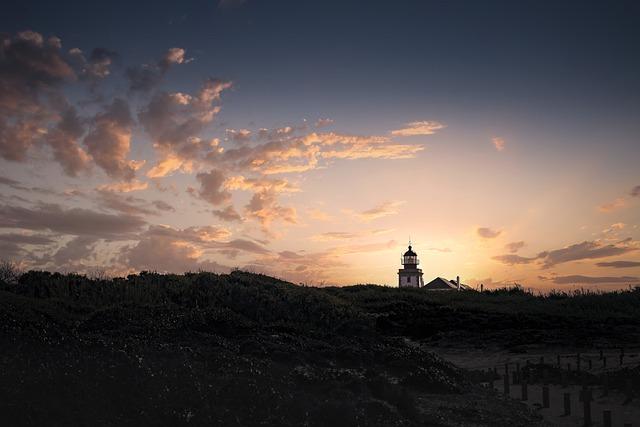
Composition and Framing
When it comes to capturing the details in your photographs, macro photography is the way to go. By focusing on small subjects up close, you can reveal intricate textures and patterns that might otherwise go unnoticed. To make the most of your macro photography, it’s important to pay attention to .
One key aspect of composition in macro photography is the rule of thirds. By placing your subject off-center, you can create a more dynamic and visually appealing image. Experiment with different compositions to see what works best for your subject.
Framing is another important element to consider when shooting macro photographs. By using natural elements such as leaves or flowers to frame your subject, you can draw the viewer’s eye to the focal point of the image. This technique can help create a sense of depth and dimension in your photos.
When shooting macro photography, don’t be afraid to get up close and personal with your subject. This will allow you to capture even the smallest details with clarity and precision. Be patient and take the time to find the perfect angle and perspective to showcase the beauty of your subject.
Remember, the beauty of macro photography lies in the ability to capture the intricate details that are often overlooked. By paying attention to , you can create stunning images that showcase the world in a whole new light.
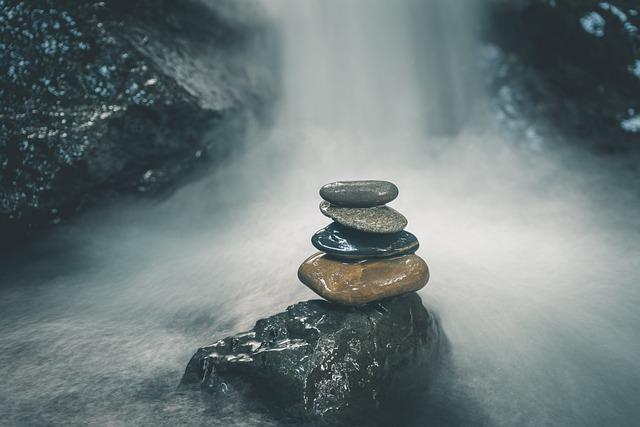
Focus Stacking for Maximum Detail
One key technique in macro photography to achieve maximum detail is focus stacking. This method involves taking multiple images of the same subject, each with a different focal point, and then blending them together in post-processing to create one image with all areas in sharp focus.
To start focus stacking, set your camera on a tripod to ensure stability throughout the process. Use manual focus to select the closest point you want sharp, then gradually adjust the focus to capture different areas of the subject in each shot.
When capturing the images for focus stacking, be sure to overlap each frame slightly to ensure a smooth transition between focal points. This will make it easier to blend the images together seamlessly in post-processing.
In post-processing, there are various software options available to help you stack and blend the images effectively. Programs like Adobe Photoshop and Helicon Focus are popular choices for focus stacking, providing tools to align, blend, and merge the images together for optimal detail.
By utilizing focus stacking in your macro photography, you can elevate your images to a new level of clarity and detail. Experiment with different subjects and settings to master this technique and bring out the intricate beauty in your close-up shots.
Post-Processing Tips
When it comes to macro photography, capturing the intricate details of your subject is essential. Here are some to help you enhance the beauty of your macro shots:
- Focus Stacking: To achieve maximum sharpness in your macro images, try focus stacking. This technique involves merging multiple images with different focus points to create an image with enhanced depth of field.
- Adjust Contrast and Brightness: Play around with the contrast and brightness settings to make the details in your macro photos pop. Increase the contrast for more definition and adjust the brightness to enhance the overall look.
- Sharpening: Use the sharpening tool to enhance the details in your macro shots. Be careful not to over-sharpen, as it can lead to a loss of image quality.
- Noise Reduction: In macro photography, noise can be more noticeable. Use noise reduction tools to eliminate any distractions and make your details stand out.
- Cropping: Sometimes, cropping your image can help you focus on the key details. Experiment with different crops to find the composition that best highlights the intricate features of your subject.
| Before | After |
|---|---|
| Image with soft details | Enhanced image with sharp details |
By incorporating these into your macro photography workflow, you can take your images to the next level and showcase the beauty of the smallest details in nature.
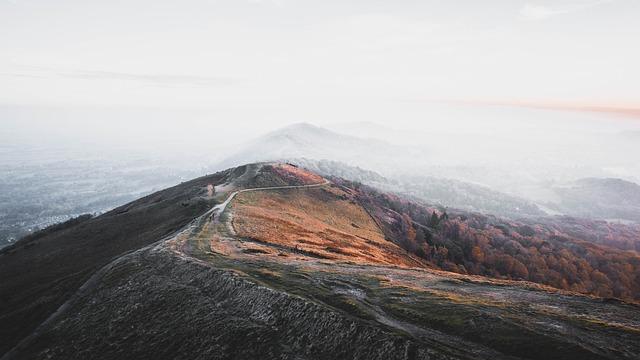
Exploring Creative Possibilities
Macro photography is a fascinating and creative way to capture the intricate details of the world around us. By focusing on small subjects up close, you can uncover a whole new perspective and appreciation for the beauty in the tiny details.
One of the most important tips for successful macro photography is to pay attention to lighting. Natural light is often the best option for capturing the fine details of your subject. Try to shoot in the early morning or late afternoon when the light is softer and more flattering.
Another essential tip is to use a tripod to steady your camera and avoid camera shake. When shooting up close and personal with a macro lens, even the slightest movement can result in a blurry image. A tripod will help you maintain stability and ensure sharp, clear photos.
Experimenting with different angles and perspectives can also help you get creative with your macro photography. Don’t be afraid to get down low, try shooting from above, or explore different angles to find the most interesting and unique composition for your subject.
Lastly, don’t forget to play around with depth of field to create stunning effects in your macro photos. By using a wide aperture, you can isolate your subject and create a beautiful, blurry background that really makes the details pop. Don’t be afraid to experiment and push your creative boundaries with macro photography!
Q&A
Q: What is macro photography?
A: Macro photography is a type of photography that involves capturing subjects up close and in great detail. It allows photographers to capture intricate details that are not visible to the naked eye.
Q: Why is macro photography important?
A: Macro photography is important because it allows photographers to showcase the beauty of small details that may go unnoticed in our everyday lives. It also provides a unique perspective on the world around us.
Q: What are some tips for capturing great macro photos?
A: Some tips for capturing great macro photos include using a tripod to keep your camera steady, adjusting your aperture to create a shallow depth of field, and positioning your subject in good lighting to highlight its details.
Q: What equipment do I need for macro photography?
A: To get started with macro photography, you will need a macro lens or extension tubes to allow your camera to focus on close-up subjects. You may also want to invest in a tripod and a remote shutter release for optimal stability.
Q: How can I improve my macro photography skills?
A: To improve your macro photography skills, practice regularly and experiment with different techniques such as focus stacking and using different lighting sources. Pay attention to composition and framing to create visually interesting images.
The Conclusion
In conclusion, capturing the intricate details through macro photography can truly transform ordinary subjects into extraordinary works of art. By following these tips and techniques, photographers can hone their skills and create stunning images that highlight the beauty and complexity of the world around us. Remember to stay patient, experiment with different settings, and always be on the lookout for interesting subjects to photograph up close. With practice and dedication, you’ll soon be able to capture the details like never before. Happy shooting!
GoogleAds



